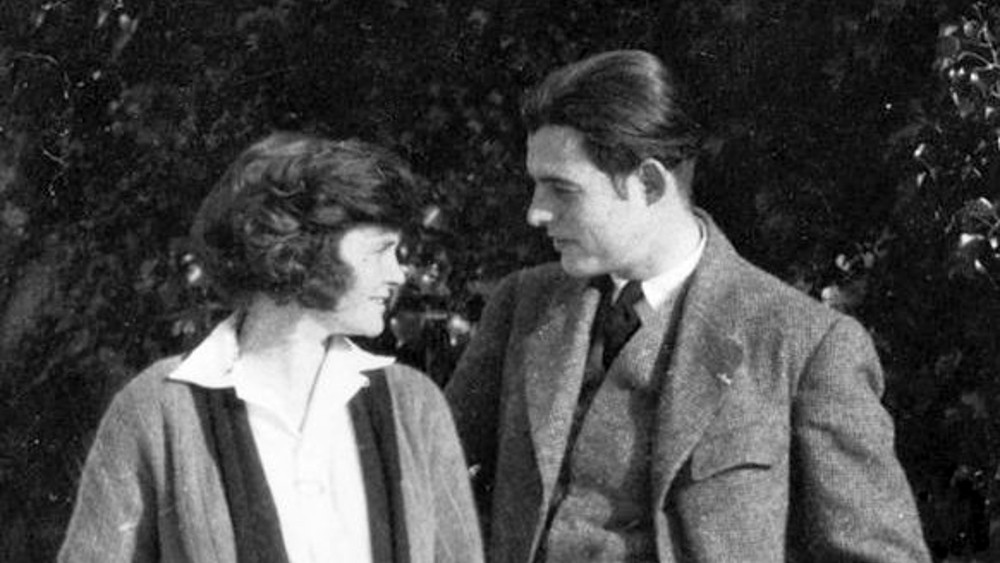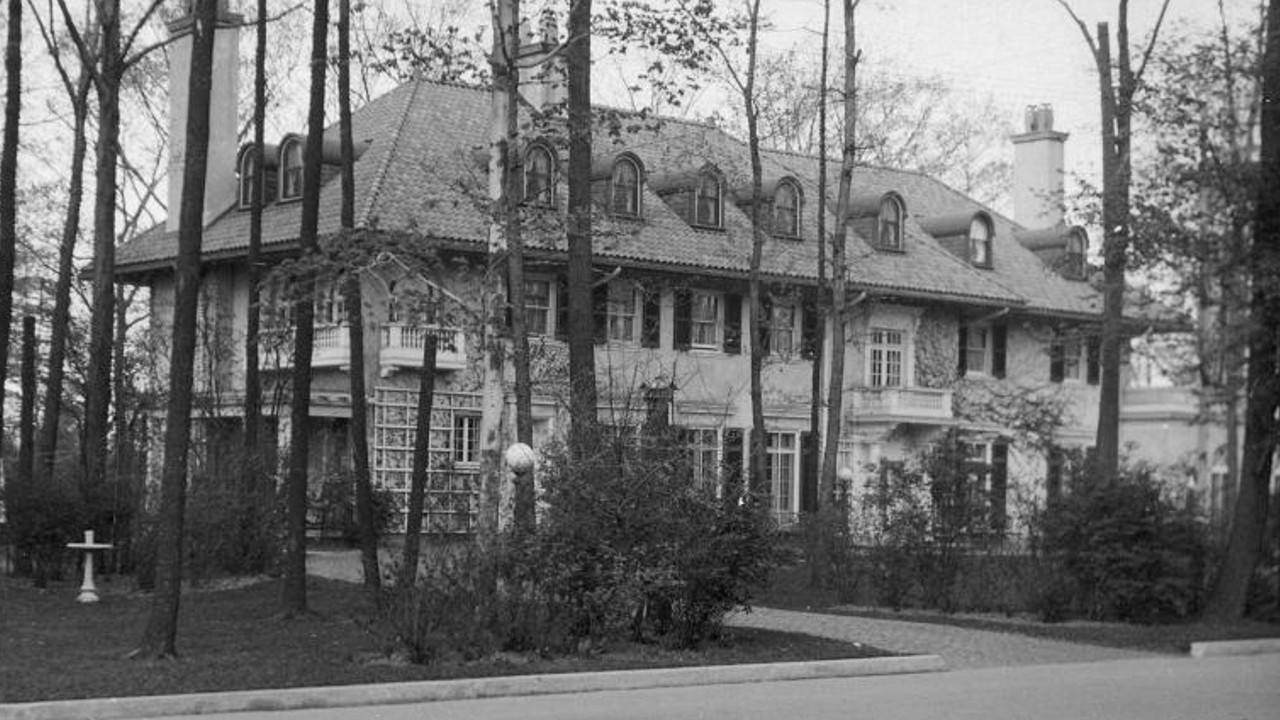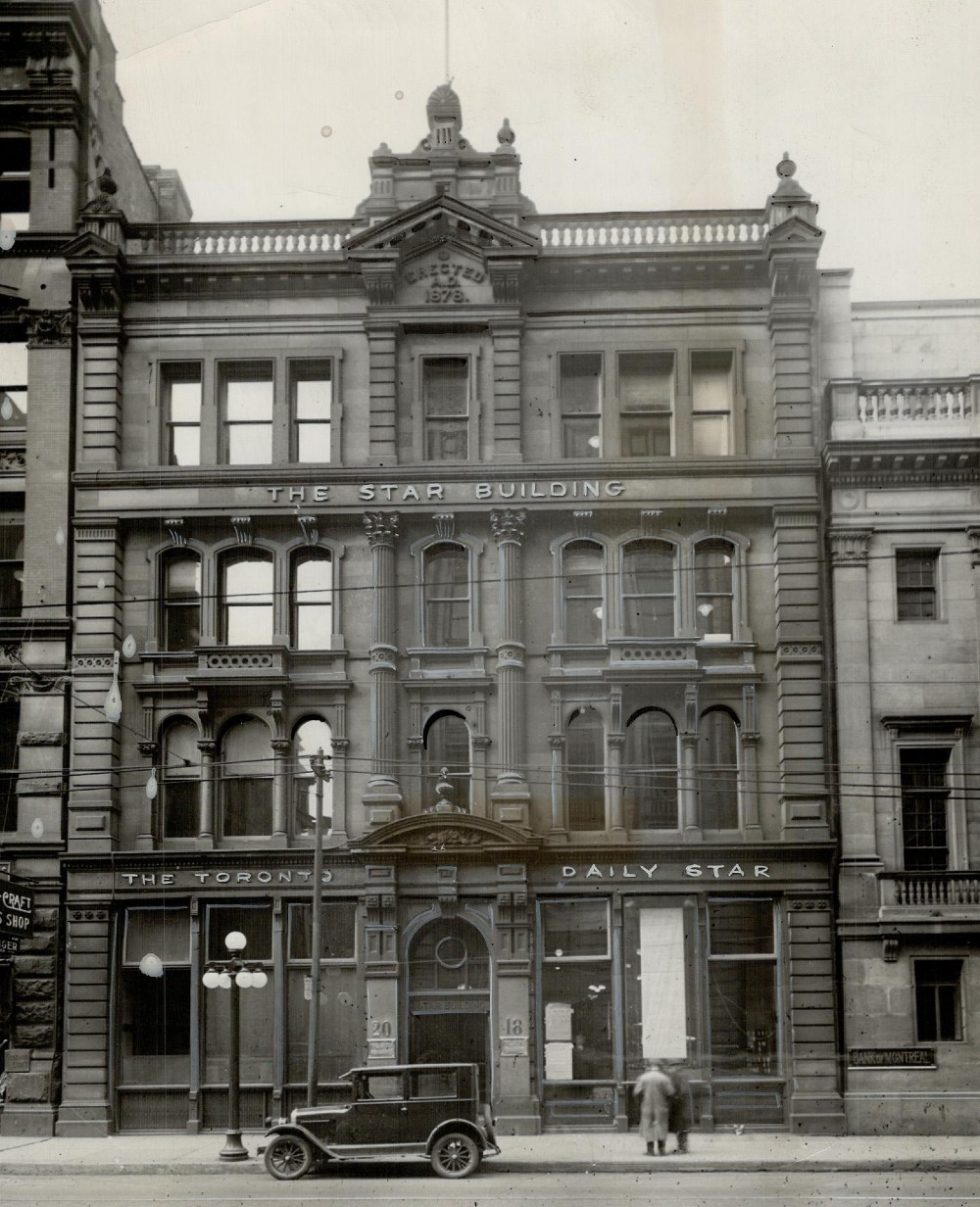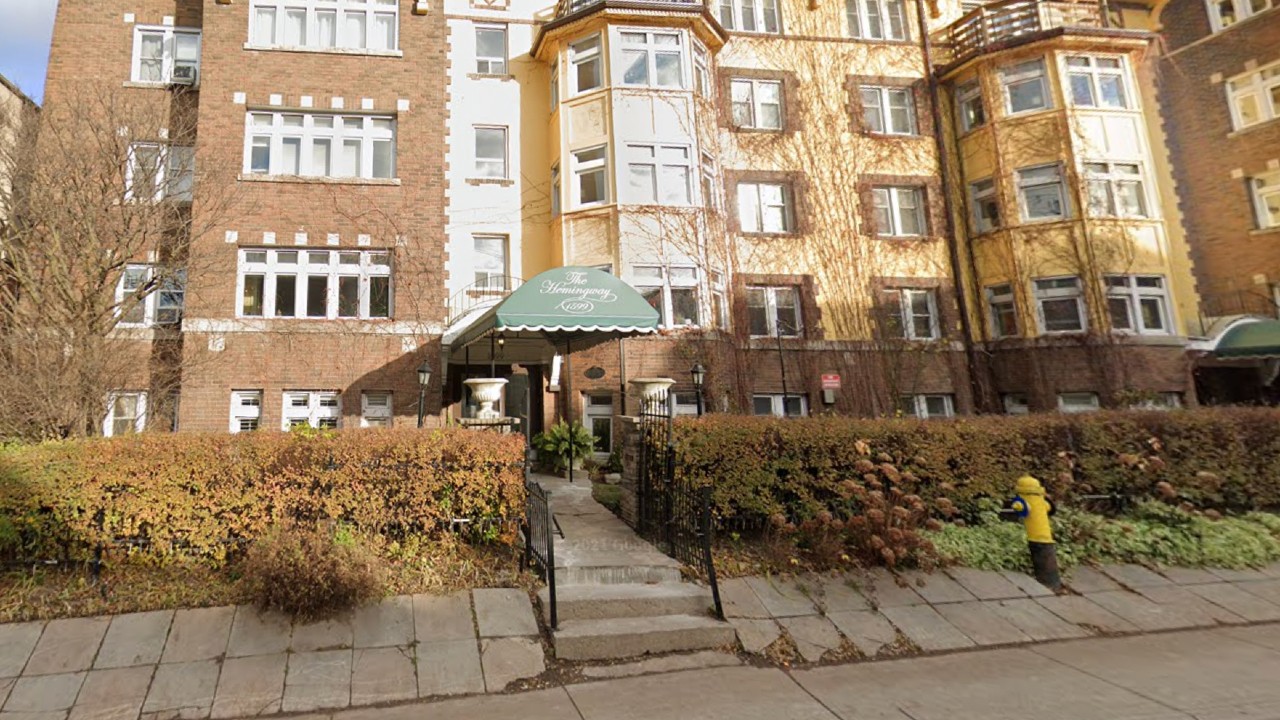How Ernest Hemingway impacted Toronto (and vice versa)
The famed writer’s time in Toronto was short and tumultuous, but he left his mark.

“I think we shall love many things about Toronto,” wrote Hadley Richardson, the first wife of Ernest Hemingway. She scribbled these words in a 1923 letter while six months pregnant and on the move from Paris.
Within weeks, Hemingway would sum up Toronto with four words: “It couldn’t be worse.”
The American author is as notorious as they come. His straight-forward prose in seminal works like The Old Man and the Sea earned him a Nobel Prize. Even more memorable, perhaps, was his careful maintenance of an almost-parodic masculine persona. Ultimately, struggles with mental health led to suicide at his Idaho home in 1961.
A voice of the so-called Lost Generation alongside jazz-era writers F. Scott Fitzgerald and Gertrude Stein, it’s somewhat hard to imagine worldly, war-beaten Hemingway and sleepy Toronto coinciding.
But without the Big Smoke, the world may never have come to know one of the most famous names in literature.

How Hemingway came to Toronto
In 1920, Hemingway was 20 years old. Fresh-faced yet hardened by war, he caught the eye of Harriet Connable during a speaking engagement in Michigan. Her husband was a Torontonian who managed Canada’s Woolworth department stores. They struck up a friendship, and Connable offered the young writer a job as live-in aid to care for their disabled son.
Curiosity led him to quit the Kansas City Star and move into the Connables’ mansion at 153 Lyndhurst Ave. (just north of Casa Loma). The rather slack $50-a-month gig afforded Hemingway plenty of time to write.
Soon Connable introduced Hemingway to a few friends at the Toronto Daily Star. Editor J. Herbert Cranston was impressed by Hemingway’s background and assigned him a couple of uncredited pieces in the Star’s weekly magazine. The writer’s first actual byline detailed free shaves at a barber school.
For the next half-year, Hemingway filed pieces while partaking in Canadian pastimes, particularly enjoying pond hockey. His stories ranged from Canadian rum runners smuggling booze into the prohibition-era U.S. to mocking Mayor Thomas Langton Church.

Travelling Europe for the Star
Hemingway ultimately left the Lyndhurst mansion for Chicago in May 1920, and then the Star altogether to edit a monthly journal. There, he met and married Hadley Richardson. To support his new wife with steadier work, Hemingway called up the Star and excitedly accepted the only full-time position available — the daily’s European correspondent. At 22 with the promise of $75 per week plus expenses for out-of-town stories, Hemingway immediately deployed to Paris.
The City of Light provided him with inspiration, temptation, and the opportunity to hobnob with the literary elite. Assignments took him across the continent to cover Mediterranean fishing spots and Spanish bullfighting — the latter of which ultimately provided source material for his first novel, The Sun Also Rises.
Post-war Europe was clearly made for him, but for Richardson, the late nights and long distances made it no place to raise a family. She became pregnant in early 1923 and expressed a desire to give birth in a calmer climate. Hemingway begrudgingly obliged and agreed to head back to Ontario.
Life on Bathurst
“We’ve come to the right place to have a baby because that is the speciality of the city,” Hemingway expressed in letters to family. “They don't do anything else.”
Hemingway was loved by the Star staff, who helped put the couple up at the Selby Hotel on Sherbourne St. until they got settled. They arrived in September, stayed at the 1880s-era mansion for roughly three weeks, and then signed a one-year lease for Unit 19 of 1599 Bathurst St. — paying $85 per month (roughly $1,342 today). The two-bedroom suite was 1,110 sq. ft. and overlooked Cedarvale Ravine.
On a new beat, the increasingly popular and widely read journalist was quickly dispatched to cover far-off events, notably the arrival of a former British prime minister in New York. He returned on Oct. 10 by train just as the birth of his first and only son, Jack, took place at Wellesley Hospital.
He fell to pieces after missing the birth and found himself exhausted from being run ragged for the paper. Quarrels with management left many of his stories axed. He frequently complained that Toronto was far too conservative — yearning instead for liberal Paris. The Star journalist resigned for good on Jan. 1, 1924.
With a final booze-soaked party at their Bathurst apartment, the Hemingways bid farewell to Toronto and departed for France the next day. In the commotion, they skipped on their lease — still owing between $250 and $375, which they would never pay. Ernest and Hadley would divorce three years later, and Hemingway never came to Toronto — or Canada — again.

Tracking Hemingway’s Toronto footprints
Hemingway may have hated Toronto, but clearly Toronto still loves him.
The brick and yellow-stuccoed Bathurst building, with red roofing and green awnings, has been converted into a condo complex and renamed “The Hemingway” to pay tribute to the four months he resided there. While virtually unrecognizable from what it once was, his former unit sold for $801,000 in 2019.
To this day, you can eat Eggs Hemingway at a restaurant in the former Selby Hotel, or drink at Hemingway’s Restaurant and Bar in Yorkville. Many Toronto Star scribes carry a prideful torch, knowing that one of the world’s most prolific and talented writers got his start at the same publication all those years ago.
Ultimately, Hemingway provided Toronto with a historical footnote, but the city gave him a lot in return. Without Toronto, Hemingway might never have travelled abroad so freely, met many of his eventual literary peers, or penned the novel that launched his career as a fiction writer.
Whether he acknowledged it later on or not, the Toronto era of Hemingway’s life was the complete opposite of “it couldn’t be worse.”
Typewriter icon by Icons8
Code and markup by Kyle Duncan. ©Torontoverse, 2023